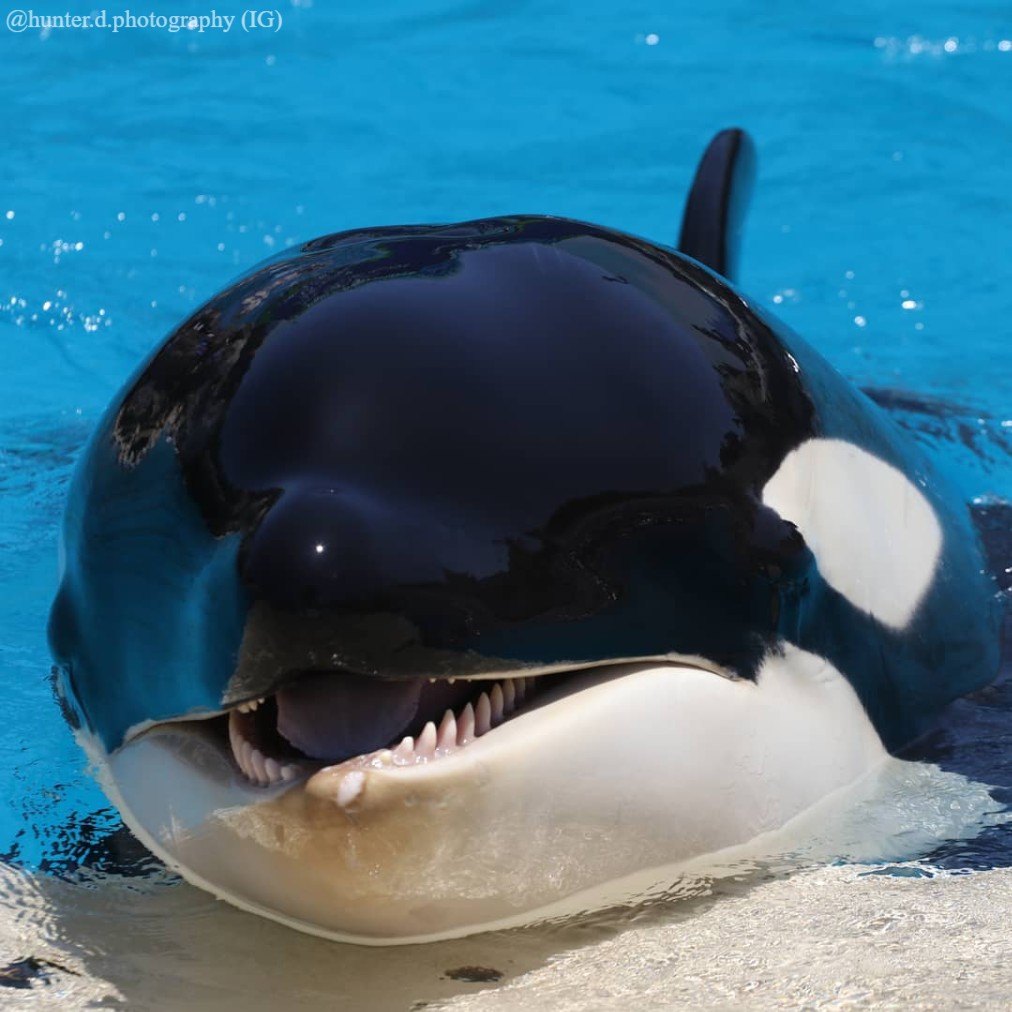


In theme parks, however, most of the whales die in their teens and twenties. In the wild, the average life-span of a male orca is 30 years, while a female usually lives to at least 50. Since SeaWorld - which has four parks across San Diego, Orlando, San Antonio and Abu Dhabi - first opened in 1964, at least 49 orcas have died at its US sites, according to the UK charity Whale and Dolphin Conservation. If you don’t, there’s a price to pay,” he told the Guardian, adding that trainers could be punished by being moved out of the stadium or even blacklisted. “The way that it works is you keep your mouth shut. They got meds for that.įormer trainer John Hargrove has also accused the park of a “cult-like” attitude over covering up any welfare concerns. “The whales and dolphins were stressed and this caused stomach ulcers. Jaw popping was regularly seen - it's a threat display between two orcas," he said. Jeffrey Ventre, who joined SeaWorld as a trainer in 1987, told The Sun that the killer whales were subject to intense psychological trauma and even given Valium. However, animal rights campaigners have long called for a ban on the animal shows altogether, with former staff members claiming the creatures have been starved, drugged and put under so much stress that they self-harm. Six years after Dawn's death, SeaWorld announced it would end its programme of breeding the orcas in captivity. Orcas had 'popped jaws and were fed Valium'


In a statement to the website, SeaWorld called Fischbeck's allegations "a complete distortion of the facts". The ex-trainer said that when Ruby fell pregnant again in 2012, she fell ill after miscarrying and was hidden from view in a back pool.įischbeck claimed "she was on the surface floating" and her "skin was turning yellow" before eventually passing away in 2014. However, Fischbeck claims Ruby "actually killed it", adding: "She attacked it and she killed it and they separated it from her and resuscitated it and it lived in the back pool for a month and it died." The film discussed the struggles of Tilikum, a male orca that died in 2017 at age 36. SeaWorld has faced criticism over the treatment of its whales and other animals since the release of the 2013 documentary Blackfish which sparked international anger and pressured the park to put an end to its breeding program.
AMAYA ORCA SKIN
Ripped whale skin 'taken home as souvenirs' It said the orca showed signs of illness last Wednesday but that staff were caught off-guard when she died the following day.Īccording to the non-profit Whale and Dolphin Conservation USA, at least 43 orcas have died across SeaWorld's three parks in the United States.Īnd previously, former trainers have made grim claims about the life the beautiful creatures face in captivity, with skin ripped off through in-fighting, jaws popped out through stress and even mothers turning on newborn calves. Over the weekend, the company's San Deigo park confirmed six-year-old Amaya, a female killer whale, has died a "sudden and unexpected" death. Yet over the years, the park has also faced allegations of keeping the orcas themselves in cramped, inhumane conditions, leading to acute stress, illness and premature death. Scalping the skin off trainers' heads and throwing their lifeless bodies around like toys - SeaWorld's killer whales have been behind some truly horrific, infamous deaths.


 0 kommentar(er)
0 kommentar(er)
